If slowness is directly connected to memory and thoughtfulness, then wouldn’t moving slower be more efficient? Improved memory would reduce the time needed to repeat instructions or re-learn skills. Thoughtfulness would increase the consideration of vital details being incorporated into projects that may be forgotten if quickly moving through it. Anticipating a little additional time on the forefront could result in saving massive amounts of time in the long-run while allowing for people to better understand their craft and avoid burnout.
“It’s not the destination, it’s the journey” is a famous quote that describes how slowing down has a key benefit of idea development. It is more important to focus on the quality of the design over time than to produce lesser-quality work more quickly. The journey to the final result may not be smooth, or linear, but that is where the true growth and development occurs.

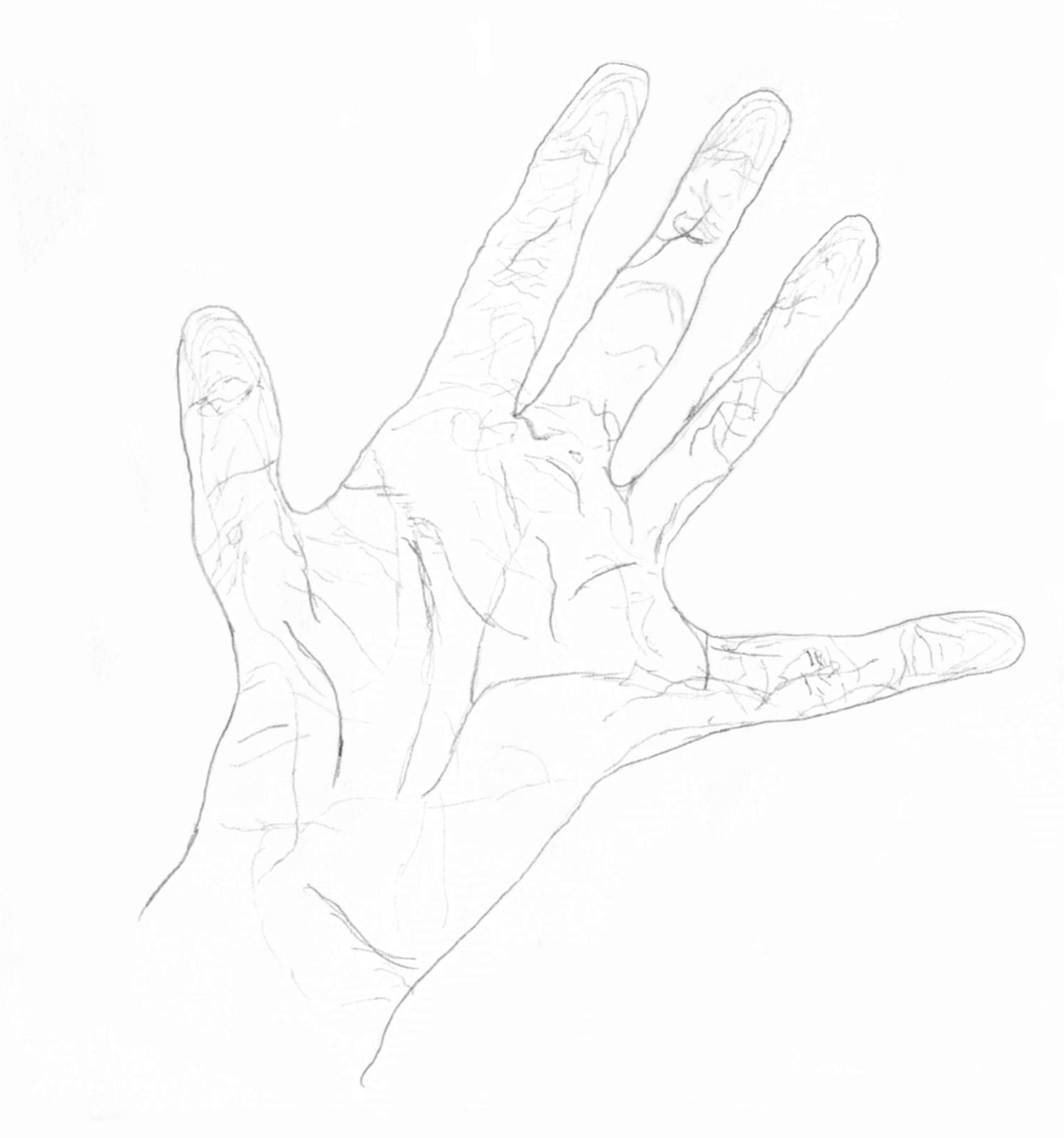
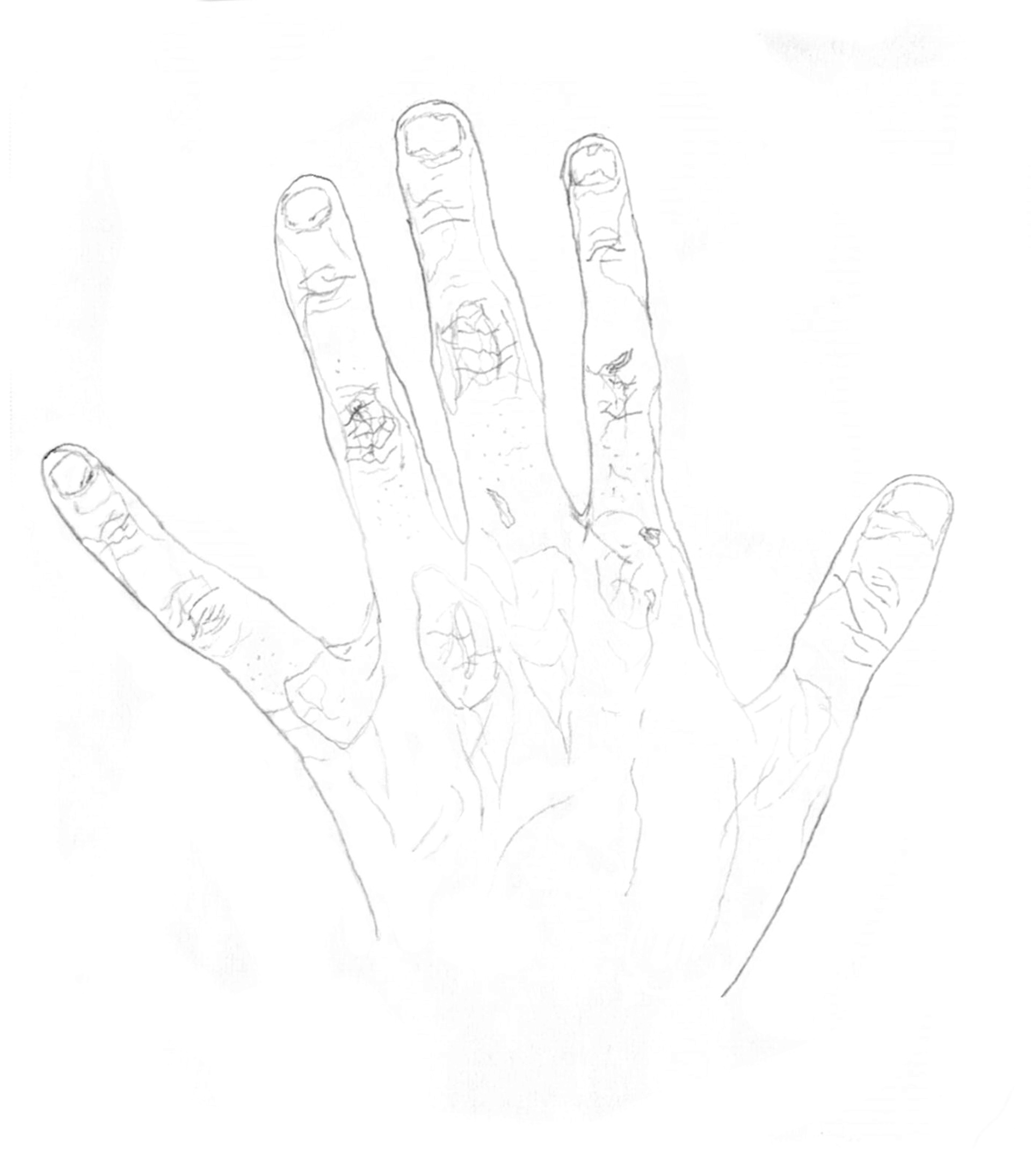
Sketches of the movement and itinerary of details on the front and back of the hand.






Interpretation of how the skin of the hand would peel. The interpretation consists of removing the skin via peeling, open diagrammatic incisions, as well as sliding off like a sleeve.
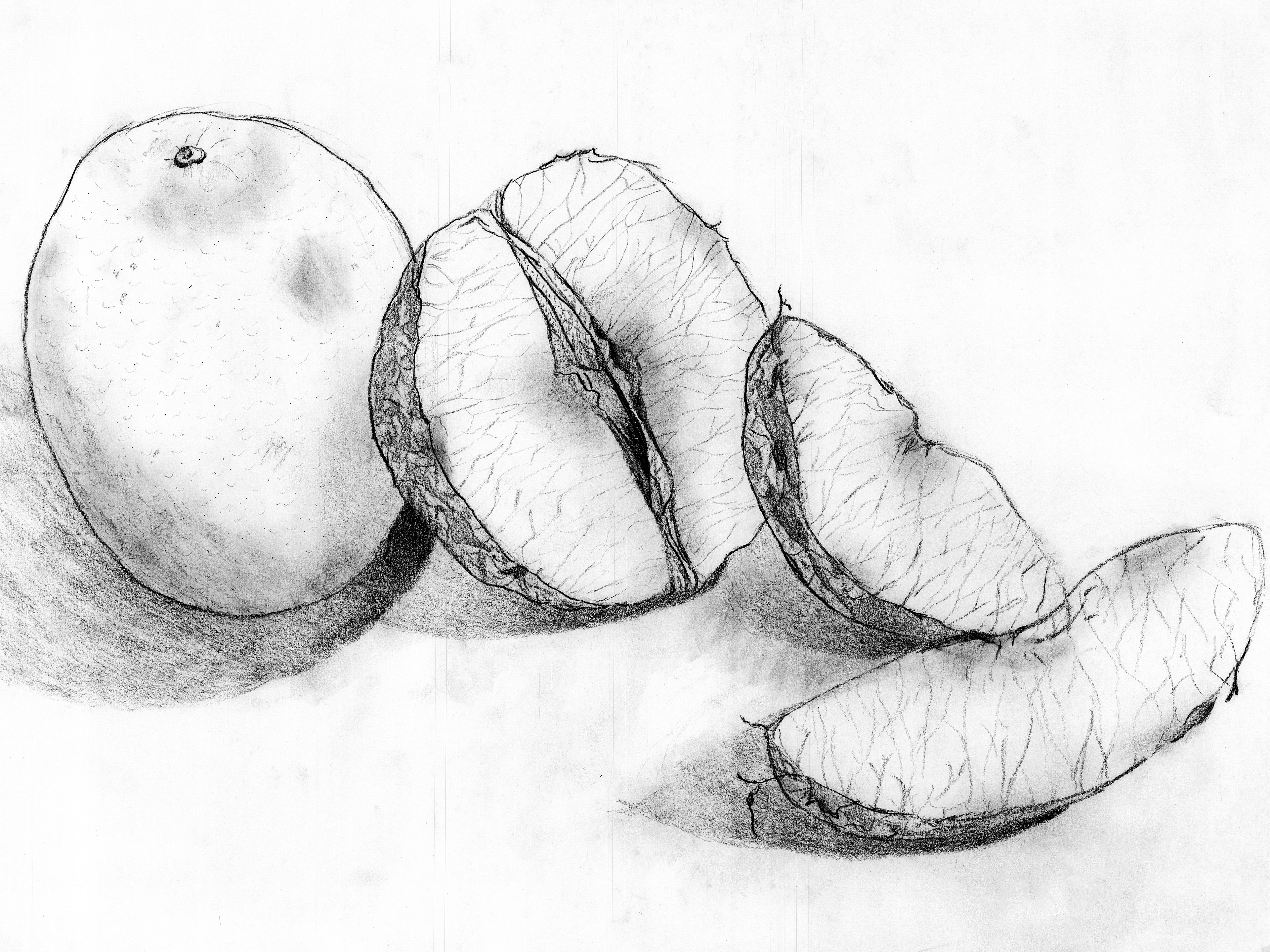
Orange peels can serve as a map of its lifespan. Each one is unique on both sides in terms of coloration and markings. The orange’s journey and story are visible through these particular conditions.
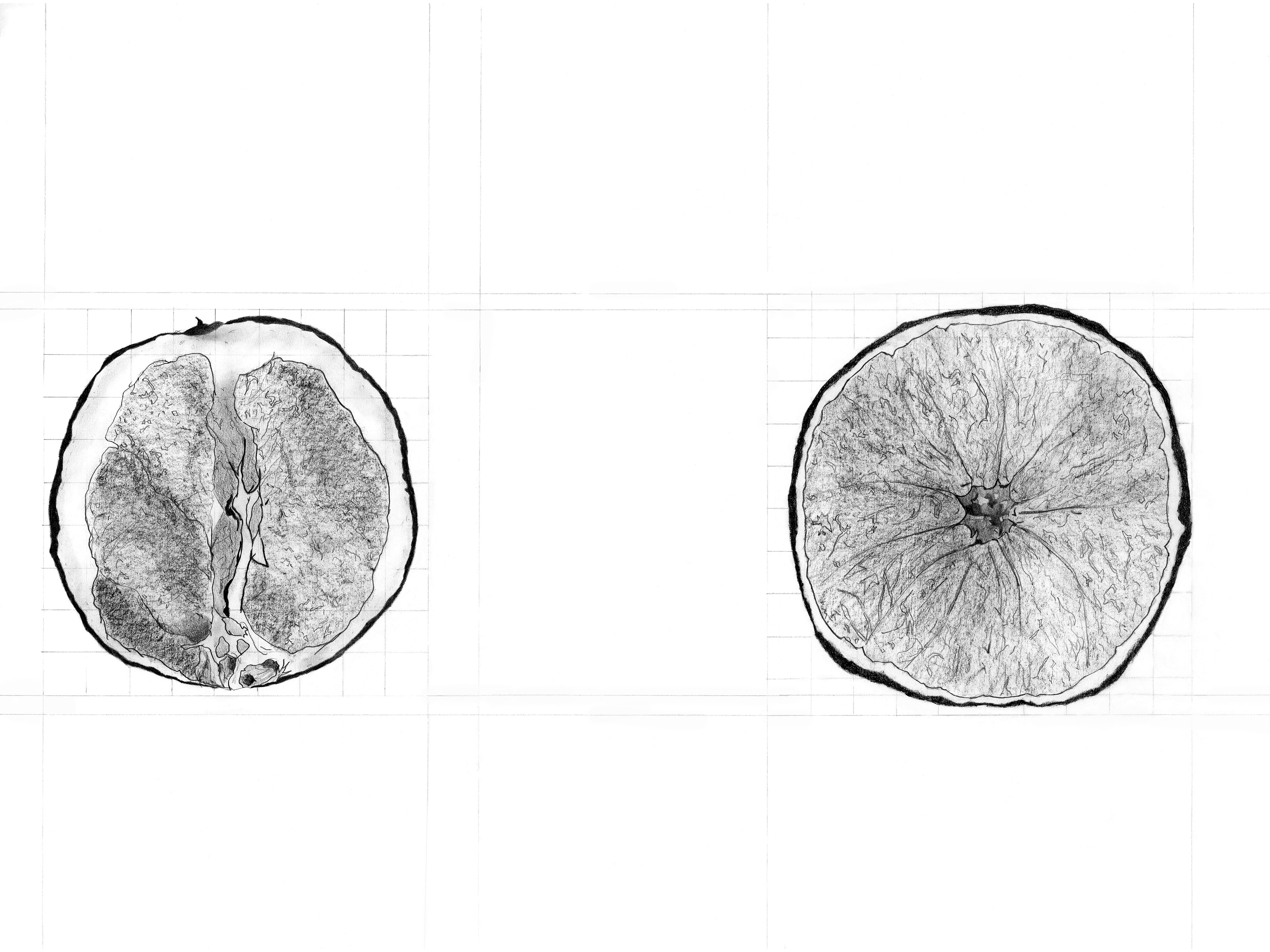

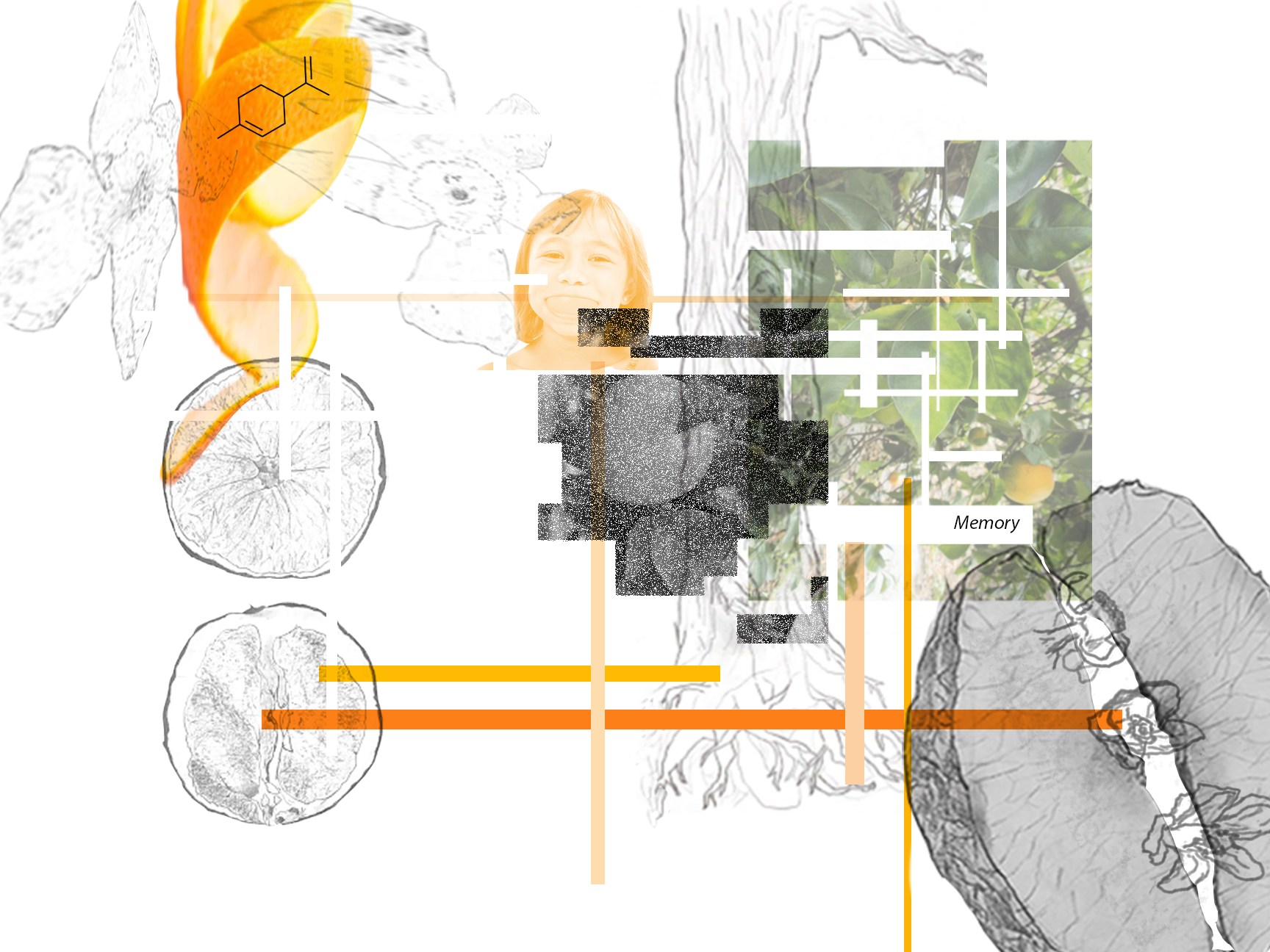

After weeks of studying the Mandarin citrus, the main takeaway is that no two are the same in a physical, mental, and emotional way. I have a newfound respect for how unique everything in life truly is while valuing attention to detail. While the idea of an orange may be different to each person, the memory of its tangy yet sweet taste, vibrant appearance, and fragrant scent is what connects us all to remember and think of them fondly.
Each mandarin is a unique individual collection of spaces made of different colors, textures, seed growth, veining, and more. The spatial components of the mandarin can be broken down into various sizes and textures. The feel of the bumpy mandarin peel or its rough rind completely differentiates from the texture of the juicy flesh of the interior. Each segment wall breaks down the interior into individual cells. The veining of the juice membranes further individualizes each orange, as each one branches off to another in an irregular pattern. The central core is the meeting point for all of the cells to connect, almost as a datum point for the system of the object. Even more so than the visual components of the mandarin, its scent is what is most memorable. When a scent recalls a memory and/or emotion, it is known as olfactory memory because the olfactory bulb in the brain is what controls the human response to smell. This process works when a scent bypasses the thalamus, the part of the brain responsible for sensory signals, and goes straight to the olfactory cortex, amygdala, or the hippocampus. Each of these components of the brain are linked to memory. The smell of the mandarin occurs once it is open as a result of the small pockets of liquid braking and releasing an oil from the peel. The chemical for producing the smell is called limonene. Upon smelling the citrus, tangy scent, a rush of memories and ideas of the tropics flood the brain, thus connecting all mandarins despite their differences.
While many think of mandarins as a connection to their childhood through memory, many fail to recognize all that they must endure before reaching your mouth. Most mandarins and oranges are grown in Florida because of its warm climate, ample sunshine, and plentiful rainfall. Though localized in Florida, mandarins are eaten worldwide, which means that they must undergo travel and processing conditions to reach their final destinations. The transportation of the mandarins or burning of the peels for juice largely contributes to the air pollution dilemma. Though most mandarins are grown in Florida, they may still suffer from cold weather conditions that may impair the quality of the fruit depending on how the tree was planted. Additionally, mandarins are a common food source for many animals, such as rats, squirrels, and raccoons. Mandarins, along with other produce, are very resilient to the hurdles they face throughout their lifetime. Recognizing how unique and resilient they are helps consumers better understand and appreciate the value mandarins bring to society.









